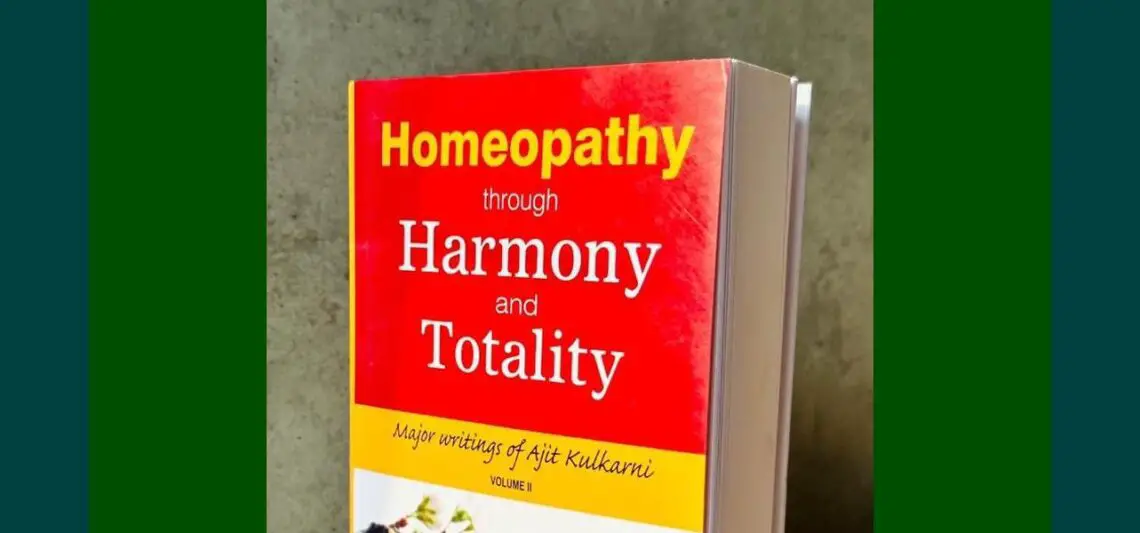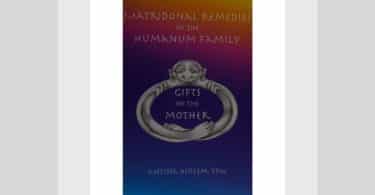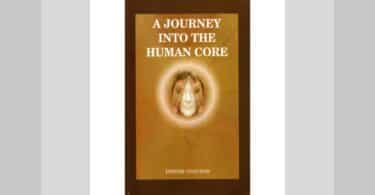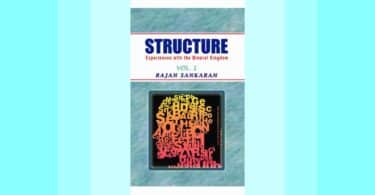Title: Homeopathy through Harmony and Totality, vol 1 & 2
Softbound, Pages 285 (vol 1), 716 (vol 2)
Author: Dr Ajit Kulkarni, MD (Hom)
Price: Vol 1: Rs 499 | Vol 2: Rs 995
Publisher: B Jain Publishers
Reviewed by: Dr Manish Bhatia
This book is the collection of major writings of Dr Ajit Kulkarni, published in various national and international journals from 1987 to 2019. Dr. Kulkarni’s name needs no introduction to most. He is a veteran homoeopath with more than 35 years of experience, an academician and a well-known international teacher. He is famous for his innovative ideas and is a well-known writer on homeopathy who has authored many books too.
The range of writings of Dr Kulkarni is so vast that he can’t be boxed into any homeopathc subject. He has written extensively about homeopathic philosophy, materia medica and repertory in equal proportions and with equal elan. The list of contents is an indicator of his command over the subjects discussed.
Contents from Volume 1
AN EXEGESIS OF PHILOSOPHICAL WRITINGS
- Homoeopathy an integrated system
- Homoeopathy ahead
- The law of similars in medical sciences
- Perceiving life process – through holistic lens of homoeopathy
- Ayurveda and Homoeopathy – A conceptual understanding nd their corelations
- Yoga Holism and homoeopathy
- Trinity in holism with special reference to Trio
- Quintessence of miasm
- Latent psora – A practical approach
MIND AND ABOVE
- Study of dispositions
- The perspective of stress, cardio vascular response and Homoeopathy
- Anxiety : Dimensions and Miasmatic assessment
- Conscience, shame, quilt and Homoeopathy
- Grief – burden it on way
- Anger – we boil at different degrees
- Interpersonal relationship and Homoeopathy
- Excess, Hoarding and Homoeopathy
- Dreams, travel anywhere, without a ticket
Contents from Volume 2
DATA PROCESSING AND PRESCRIBING
- Objective analysis: Twenty points of data processing
- Acute prescribing: Challenges and Solutions
- Intercurrent prescribing (IP)
- Keynote prescribing: An overview
- Body language: Talking hands…
- Defense mechanism: A tool for data processing
- Failures in homeopathic practice: Causes and resolutions
HOMEOPATHIC MATERIA MEDICA
Part I: General Section
- Monogram: From multitude to access
- Anekantavada and the study of Materia medica
- Inheritance, Constitution and Relationship of remedies
Part II: Individual Remedies
- Natrum mur personality with differential remedies
- Medorrhinum animalcule
- Syphilinum: A forbidden fruit
- Belladonna: The cheerful nightshade
- Opium: The joy of life…
- Hepar sulphuris calcareum: Keep the pot boiling…
- Analytical study of Sepia through its ingredients
- Helonias dioica: A Catwoman…
- Comparison: Aconitum napellus, Belladonna and Arsenicum album
- Uncommon remedies in clinical practice
- Understanding the Trio: Pulsatilla-Silicea-Fluoric acid
Part III: Group Study of Materia Medica
- Argentums: Intrinsic but arbitrary…
- Mercurius international: Hip-hop dancing…
- Ferrums: Now comes the reign of Iron
- Carbons: Between living and dying…
- The rancorous and sulky Ammoniacums …
- Alkalines: Look at all the life on the earth…
- Magnesiums: The abandoned vehicles of the faint-hearted…
- Solanaceae: Nightshade’s caprices…
- The Acidic Acids: The fuel and the fire…
- Insight into symbolic meaning of Snakes…
- Spiders: Mysterious yet fascinating…
- Milk remedies: We belong to life’s outcasts…
- Birds: The eyes of heaven…
- Nosodes: A powerful army of Homeopathy
- Unusual cases of Nosodes
- Comparative study of Nosodes
- Sarcodes
- Sarcodes: The list and the sources…
- Sarcodes: Resonating organ arsenal…
The two volumes are very systematically organized with related articles grouped together. Very rightfully, the volume one opens with writings about homeopathic philosophy. However, these articles are not limited to homeopathic philosophy but address holistic philosophy in general, wherein comparisons are made between homeopathy, Ayurveda, and yoga too. Interesting writeups include discussion on miasms and latent psora.
The second section of volume one has a collection of articles related to mind and psychiatry. It begins with a discussion on dispositions and their role in homeopathic treatment. This is followed by writeups on stress, anxiety, guilt, shame, grief, hoarding and many other mental states. Each state is discussed with comparative materia medica and clinical cases. The book ends with a useful discussion on dreams and their utility in finding the simillimum.
The volume two is much bigger with nearly 800 pages. The first part deals with many prescribing approaches and difficulties therein. A very useful discussion is about the reasons for failure in homeopathic practice.
Section two is all about materia medica, which is a forte of Dr Ajit Kulkarni. He has authored many books on materia medica and his approach can be described as very well-rounded and comprehensive. This section is further divided into three groups. The first part deals with some general notes about studying materia medica, the second one deals with individual remedies and the third one is about group study of homeopathic remedies. From the point of learning and remembering materia medica, I find the group study section especially useful. Homeopathic medicines have so many symptoms that it is humanly impossible to remember all of them or even a quarter of them. The utility of comparative materia medica lies in not just making remedies easier to remember in comparison to each other, it also helps us differentiate remedies post-repertorisation.
This book is a very rich collection of information and knowledge, bringing together decades of experience of Dr Kulkarni. A rich collection to homeopathic literature.






